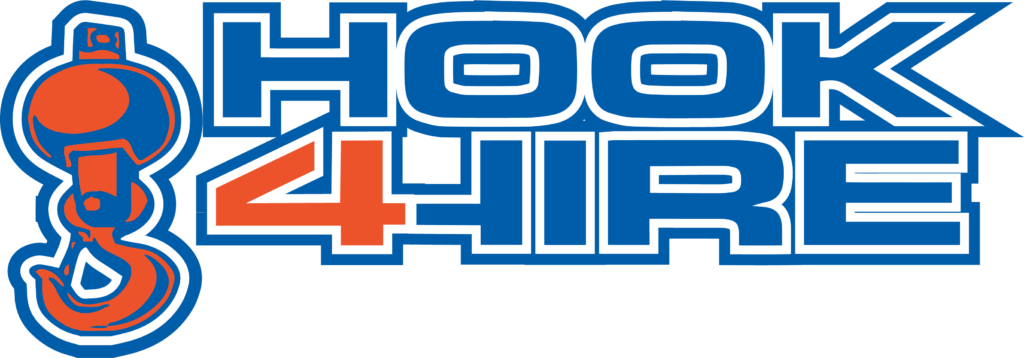In the world of construction and infrastructure projects, ensuring the safety and efficiency of mobile crane operations is of utmost importance. As heavy lifting and transportation tasks are often the backbone of such projects, properly preparing your job site for mobile crane operations is crucial to achieving project success.
In this guide, we will walk you through the essential steps for preparing your construction or infrastructure job site for successful mobile crane operations. We will cover crucial aspects such as site assessments, contingency planning, preparation of crane setup areas, proper communication, and adherence to safety regulations. By following these steps, you can create a safe and efficient working environment for crane operators and other crew members, mitigating risks, preventing costly delays, and maximizing project outcomes.
Additionally, we will explore the importance of choosing a trusted mobile crane service provider with a proven safety record and strong dedication to industry best practices, like Hook4Hire. Such a partnership ensures that your mobile crane operations are supported by not only a reliable fleet of equipment but also a team of experts with in-depth knowledge of safe and efficient crane operation procedures.
Join us as we delve into the critical process of preparing your job site for mobile crane operations, empowering you with the knowledge and strategies needed to optimize safety, efficiency, and project success. Upon completing this guide, you will be well-equipped to navigate the complexities of mobile crane operations, ensuring that your construction and infrastructure projects progress smoothly and securely from start to finish.
Conducting a Thorough Site Assessment
The first and most crucial step in preparing your job site for mobile crane operations is conducting a comprehensive site assessment. A thorough site assessment will identify potential hazards, bottlenecks, and logistical challenges, allowing you to take preventive measures and optimize your site for smooth crane operations. Key aspects to consider during your site assessment include the following:
1. Ground Conditions: Evaluate the soil bearing capacity and ground conditions to ensure they can support the weight of the mobile crane and any heavy loads it may need to lift.
2. Obstructions: Identify and document any overhead or ground-level obstructions, such as power lines, trees, or structures, that may pose a risk during crane operations.
3. Access Points and Routes: Determine the safest and most efficient routes for transporting the mobile crane and other equipment to and from the job site.
Preparing the Crane Setup Area
Once the site assessment is complete, the next step is to prepare the crane setup area. A properly prepared setup area will enable mobile crane operations to proceed safely, efficiently, and with minimal disruption to other ongoing activities on the job site. Some considerations for preparing the crane setup area include the following:
1. Stabilizing the Ground: Ensure the ground is stable and level, adding support or matting as needed to prevent the mobile crane’s outriggers from sinking or becoming uneven.
2. Clearing Obstructions: Remove any obstructions or debris near the crane setup area that may hinder maneuverability or create safety hazards during crane operations.
3. Designating Work Zones: Establish clearly marked work zones and exclusion areas for crane operations, ensuring personnel and equipment remain at a safe distance from the crane while it is in operation.
Establishing a Contingency Plan
Despite thorough planning and site preparation, unexpected situations and challenges can still arise during mobile crane operations. To mitigate potential risks, it’s essential to have a contingency plan in place. Key elements of an effective contingency plan include the following:
1. Emergency Procedures: Establish clear, documented emergency protocols for crane operators and ground personnel to follow in the event of a safety incident or unexpected challenge.
2. Backup Equipment: Arrange for the availability of backup equipment, including alternative lifting solutions, in case of mechanical issues or unforeseen complications with the selected mobile crane.
3. Weather Considerations: Monitor weather forecasts leading up to and during crane operations, and prepare strategies for handling adverse weather conditions that may impact crane operations, such as high winds, heavy rain, or snow.
Ensuring Proper Communication and Adherence to Safety Regulations
A key aspect of safe and efficient mobile crane operations on any job site is ensuring proper communication and adherence to safety regulations. Steps to achieve this include the following:
1. Pre-Operation Meetings: Conduct pre-operation meetings with all personnel involved in mobile crane operations to outline safety procedures, review lift plans, and address any potential concerns.
2. Communication Channels: Establish clear and reliable communication channels between crane operators, signalpersons, and other ground personnel throughout the duration of the crane operations.
3. Compliance with Regulations: Ensure all mobile crane operations comply with the relevant OSHA standards, industry best practices, and any additional local or state regulations.
Conclusion: Optimizing Job Site Preparation for Mobile Crane Success
By following the steps outlined in this comprehensive guide, construction and infrastructure professionals can successfully prepare their job sites for safe, efficient, and seamless mobile crane operations. From conducting thorough site assessments to prepping the crane setup area, establishing contingency plans, and emphasizing proper communication and safety, these strategies will provide a solid foundation for mobile crane success.
Choosing a trusted and safety-focused mobile crane service provider like Hook4Hire further supports the goal of optimizing safety and efficiency throughout crane operations. With a modern fleet, expert guidance, and strict adherence to industry safety standards, Hook4Hire can help maximize project outcomes while preventing costly complications.
Ultimately, effective job site preparation for mobile crane operations is paramount for achieving project success in the construction and infrastructure industries. Armed with a deep understanding of the crucial steps involved in preparing for mobile crane operations, you can confidently tackle your next project, knowing that safety, efficiency, and project success are within reach.
At Hook4Hire, we are committed to providing modern, safety-focused mobile crane services that help our clients overcome the unique challenges of their projects while adhering to the highest industry safety standards. Contact us today to learn more!
